It is no secret that we utilize every single animal we have to clear our land, fertilize, and produce delicious food in the process. Each animal is at the very least dual purpose, some tri, some quad! In order to do this, proper fencing for the homestead is paramount.
Our Icelandic Sheep rotationally graze our pastures and fertilize while producing delicious grass fed lamb and fleece. The pastured meat chickens follow the sheep, and scratch and peck through the freshly mowed grass while dropping their nitrogen rich manure. Our dairy goats clear brushy and overgrown areas to convert into milk. Then, our wonderful pigs till and turn over the soil in our woods in preparation of converting it to pasture while packing on the pounds with all of the forage the land has to offer. Before fulfilling their higher purpose of feeding us, our animals heal and reclaim our land.
With all of these animals moving around in different frequencies and areas of our property, it can be a complicated choreographed dance. Through this, we have gotten quite skilled at fencing and have accumulated many different types as we have fine tuned our processes. I have touched several times on fencing for the homestead as it pertains to our different animals specifically. But, I figured I should break it down for each animal in one comprehensive and digestible post to refer back to.
General Set Up
Understanding what we use and how we use it will probably be easier if you understand our set up. My (crudely) drawn map below shows an aerial view of our property, with different colored lines each representing a different animal’s area. PS it is soooooo much more open now, I can’t wait for a google earth update!
- Aqua X: Location of our AC electric fencers. One in the goat barn, one in the garage. Each one feeds its side of the property with power via travel lines to allow us to easily hook up our netting to
- Red: this is our “new” sheep silvopasture that we have recently reclaimed from thick overgrown woods. The entire perimeter is fenced in with permanent perimeter fence and has an electric travel line that runs along the inside.
- Blue: Goat silvopasture off of the barn. Perimeter is fenced in with a combination of a couple different types of permanent perimeter fencing. This is the first area we established when we moved here.
- Yellow: Our pigs areas (both feeders and breeders) The area off the farrowing barn has permanent perimeter with a training line of electric on the inside. Everything else is 100% electric.

Sheep
The sheep without question are the most frequently rotated animal we have. Because we want grass fed lamb, we rotate our sheep everyday to fresh ground. This way they have as much as they can eat that particular day, but don’t stay in a place long enough to over graze and stunt our pasture growth. They move around our newly created pasture (red) that we break up into paddocks with our netting, as well as the front and side lawn, logging trail, and anywhere else we can stick them. If there is a travel line to hook up to nearby and there is grass, we will put them there. Each year we are creating more pasture, which gives us more opportunity to graze. The frequency of rotating the sheep would be impossible without the use of electric netting and the tools we use.
- Permanent perimeter fence: Red Brand Sheep & Goat Woven Wire 4×4 Square 48″ high with a galvanized travel line running along the inside via T-post insulators
- Premier One Electric Netting – my life will never be the same after discovering this. This netting is essential for us for easy rotation and security of our animals
- Premier One Power Links – allow you to quickly connect two strands of netting together, gate to the netting, or netting to travel line. We have about ten of these, we use them everywhere!
- Premier One Gate – easy electrified gate that comes in different widths for either walking through, or driving a side by side. Depending on set up this can be extremely handy.
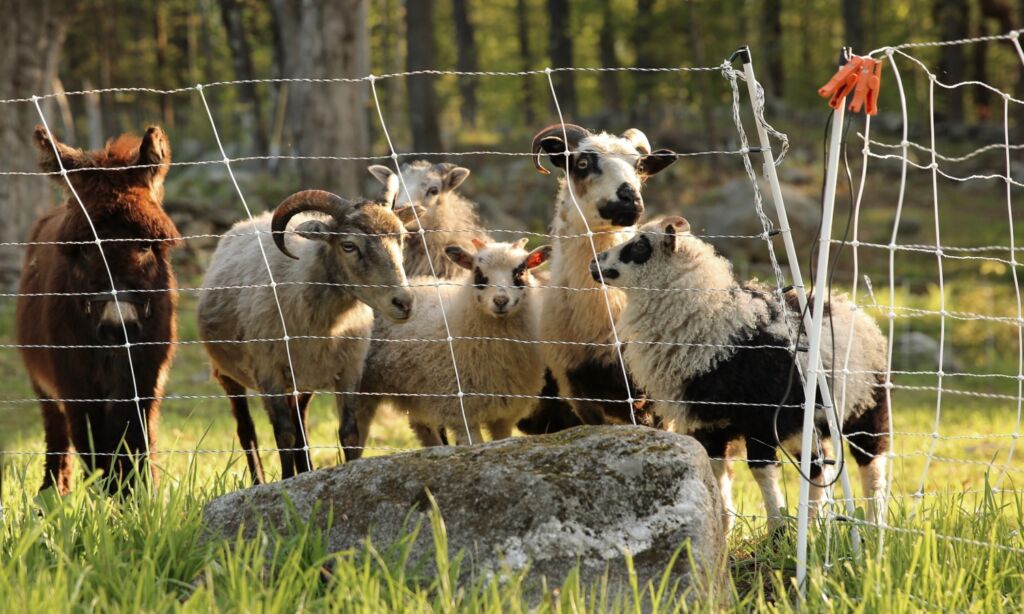
Goats
The goats are rotated less frequently than the sheep. I try to keep them as close to the barn as possible due to milking, so they spend most of the time in their blue pasture. However, there are several times in the summer when we put them to work clearing a stone wall or some brushy areas. When we move them around, they are contained by the same Premier One netting as the sheep. Their blue pasture is surrounded a hodge-podge of permanent perimeter fence. Some we bought initially and have since replaced because it was the wrong kind, some we got for cheap, some we got for free. Below are the different types we have ripped from another blog post:
- Cattle Panels:
- Feedlot panels (6′ x 16′): These are by the far the most expensive panel I have ever seen or purchased, but in the small paddock directly off the back of the stalls of the barn this stuff is what encloses it. This panel is tall enough to deter anything from jumping over (whether that be out or in) and the squares are so small the entire way up that even the smallest Nigerian Dwarf baby goat can’t squeeze through. When the kids are very young they don’t get to go out into the big pasture quite yet, so they stay in the smaller paddock with mom. This allows them to be truly contained and safe.
- Feedlot hog panels (50″ x 16′): These are cheap at a local TSC in comparison to the aforementioned Fort Knox grade panels. These are used in approximately half of our big pasture and make setting up fencing really easy and are much more aesthetically pleasing than spooled fencing. They also have small enough squares on the bottom half of the panel to keep babies from slipping through.
- Woven wire: Used in approximately half of my large pasture for the goats. It can be a little bit of a pain to get set up because you have to do a lot of pulling and stapling to prevent a saggy fence, but it does hold up very well to rubbing and is cheaper than panels if you’re fencing a large area. My recommendation is to get the tallest one you can to deter jumping, and with the smallest squares. We use Red Brand 48″H 4″ x 4″ square. If you end up getting goats with horns, if they can stick their head through they will get stuck and can strangle themselves. Small squares keep this from happening and help prevent baby goats from being able to slip through.
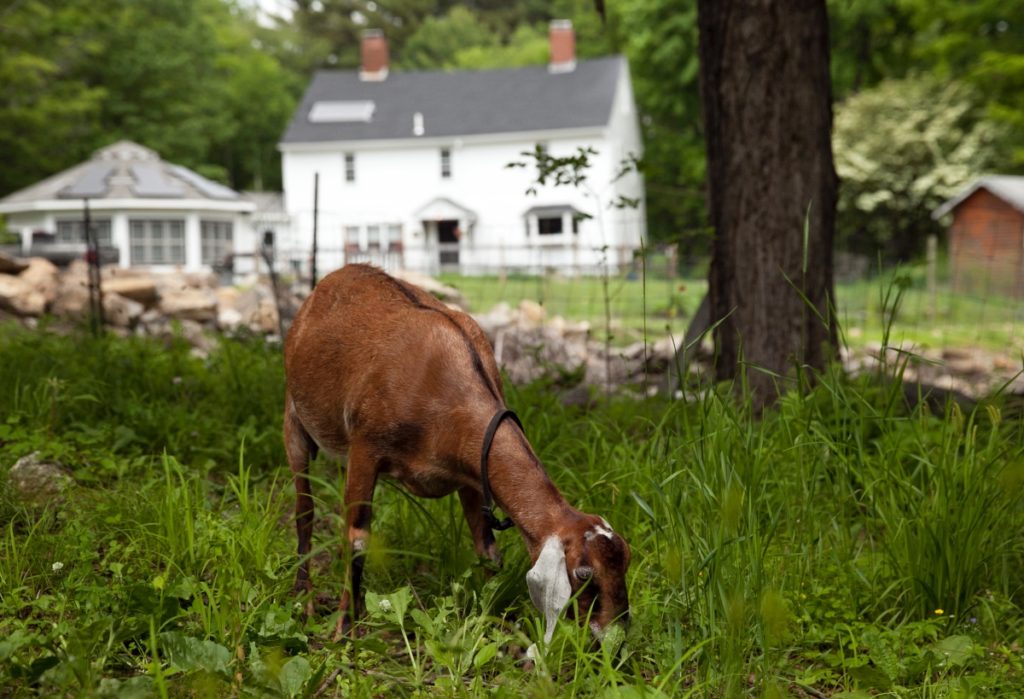
Pigs
I talk a lot about using our pigs to clear our land and how big of a difference they have made in turning overgrown woods into pasture. This year we opened up a new wooded pasture for our breeding stock yellow pasture that’s on “top” of the map. This is a virgin area of woods that we fenced in with our three strand polywire set up. The girls have been digging, rooting, and turning over the soil for us and come fall after they’ve been moved back to the farrowing area, we will come in and drop trees, rake, and seed or bale graze this winter. The yellow pasture that’s on the “bottom” of the map is also fenced in with our three strand polywire set up. This is a heavily wooded area that we rotate our feeder pigs through. Just like with the goats, we use a combination of different types of fencing for the pigs depending on where they are physically, as well as their stage in life.
- Farrowing area: off the back of the farrowing house we utilize 34″ x 16′ long hog panels to fence in their farrowing pasture. We have a single line of polywire that runs along the inside for training purposes.
- Premier One Hog Netting– we utilize this netting for training piglets on electric fence
- Three strand polywire set up – once the pigs are sufficiently trained, they will be contained with this set up from thereon out.
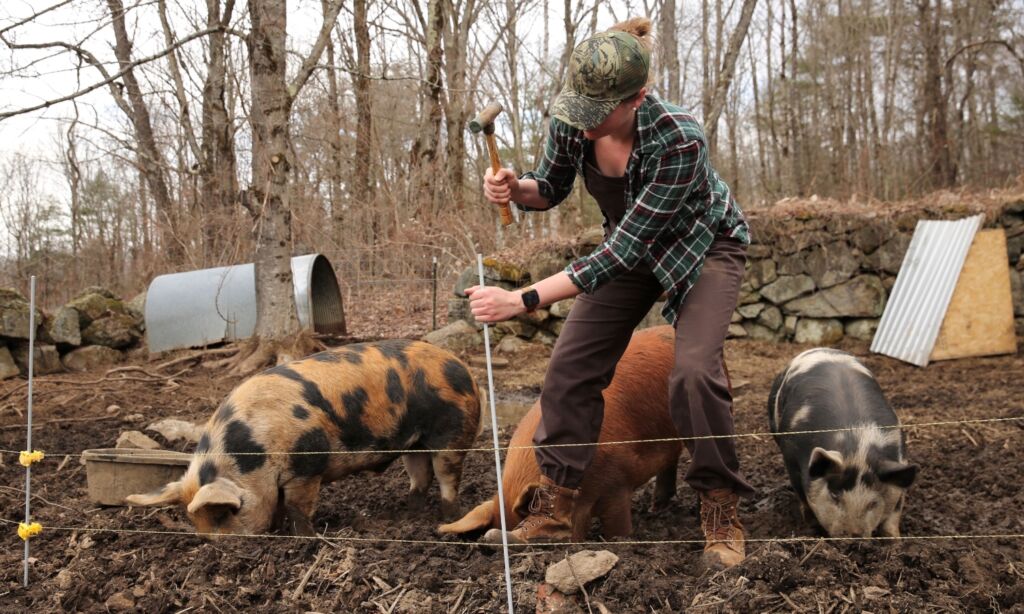
Meat Chickens
The meat chickens are kind of the unsung heroes in terms of the power they posses to transform your land. After seeing with our own eyes the incredible difference their manure makes in pasture grass growth, we have become obsessed with utilizing them as much as possible. Thanks to our mobile chicken coop, we are able to easily move them wherever we feel the pasture needs a little something extra in terms of fertilizer. They scratch and peck around, nibble on greens, pack on the pounds, and drop their gold-like manure onto our soil. Like anything else it’s about finding a balance. The frequency with which we rotate varies greatly depending on their size, and the condition of the paddock they’re on. You want them to be on a particular piece of land long enough to make a positive impact but not a moment longer. They leave the land richer than they found it. Just like any other frequently rotated animal, we would be lost without the use of our electric netting:
- Premier One Electric Netting – keeps the birds in, the predators out, and makes moving a breeze
- Premier One Electric Gate – essential for easy entry and access, bringing in water, feed, etc. Ours is wide enough to drive our side by side through
- Premier One Power Links – like I said before, we use these constantly!
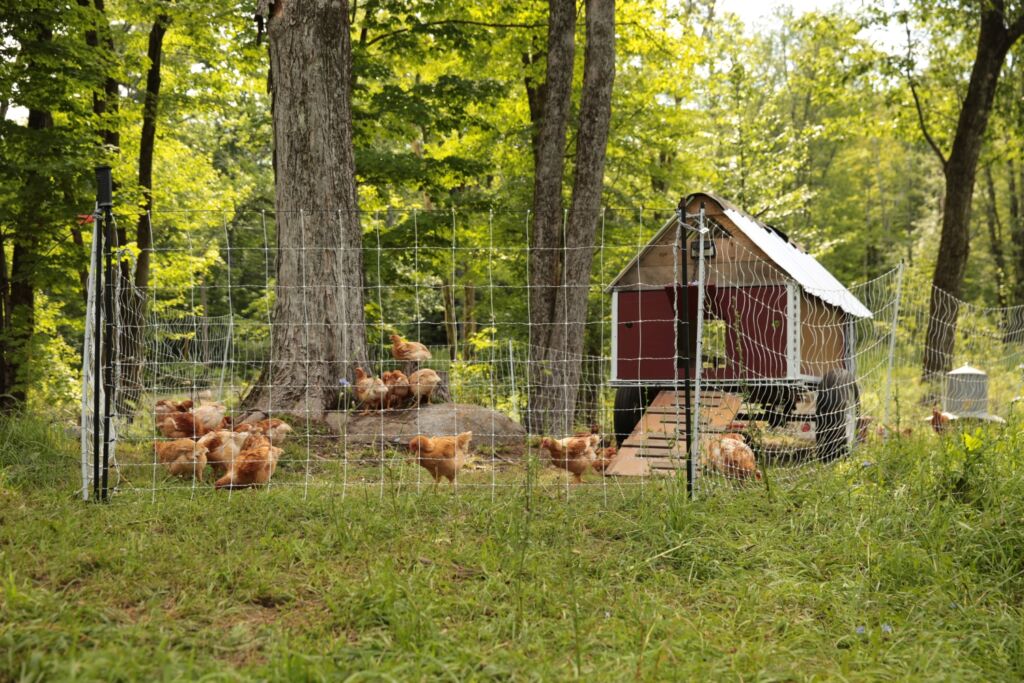
We have learned a lot over the past four years here and have fine tuned and improved our methods as we have become more established. I like to think of myself as a bit of a fencing connoisseur, and it is one of my favorite things to do. It didn’t always use to be so easy moving this many animals though! Through the use of quality fencing for the homestead, we have a good system in place and strong fencing to keep our animals contained and safe, while improving the quality of our land in the process.
Happy Fencing,

**Some of the links on this site are affiliate links. I only link to products I have used, abused, and believe in. While I do not make commissions on these, they do allow my partners to track business I have generated for them. I wholeheartedly appreciate you using my affiliate links for any of the products I recommend you may purchase! You make me look good, and it keeps the educational and informative content coming.

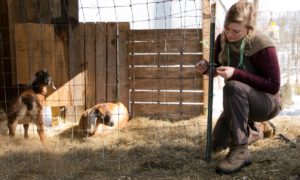
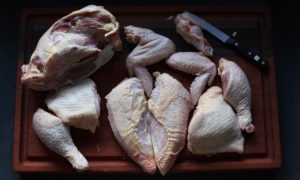
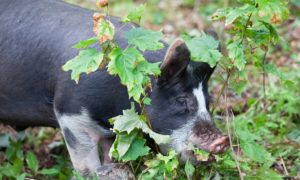
Hi there, thank you for taking the time to write this! I have a couple of somewhat related questions if you don’t mine. Firstly, how much time do you estimate you spend moving fences each week? And secondly how do you get water out to the pigs deeper in the woods? That’s where we’re struggling.
Hi Chrisi! Thanks for taking the time to read! Regarding your first question, it depends. We move the sheep everyday, but not the chickens or goats. When I move the sheep I always set up the next days rotation as well. So I move them, their shelter, tear down the previous fence I just moved them from, and set it up. Doing it everyday you get really quick so I can do it in 20-30 minutes solo. The chickens are easy to move their mobile shelter, and we do that 2-3 times a week. We only have the one (long) netting so we do have to tear that down and set it up. Probably like a half hour with me and my husband doing it. The goats I always take back to the barn at night and they’re usually being rotated in an area that’s a few days work so its just a matter of running them to and from the area they’re clearing when the net is set up. For the pigs we have a water tank that we got from tractor supply. We have it strapped on a pallet and it has a 3/4″ hose threaded onto it. We haul the water tank with forks on the tractor, park it on the closest trail/path, pull the hose to the water tank, and then hoist the tank up into the air. Via gravity it self drains and fills the tank! It takes a bit of time but we don’t have to do it everyday and are fine tuning the process. Beats lugging buckets!
Hello! Thank you for all of this detail – so helpful! Do you use a solar energizer? If so, do you recommend one over another? We’re having trouble getting enough umph despite spending what seems like a small fortune. If not, how far did you run underground wire?
We do not use solar energizers. We have two different chargers each that have a travel line ran on their side of the property along the perimeter fence!
Hello, I see you are a Premier One Partner. Do you have something like a coupon code or something? We have a substantial order we’d like to place, however we are homesteaders and even though we could probably swing it, it takes away from setting up our homestead. I am looking desperately for a code or more of a discount rather then free shipping. Thanks!
Sorry, wish I had a discount code but sadly I don’t!